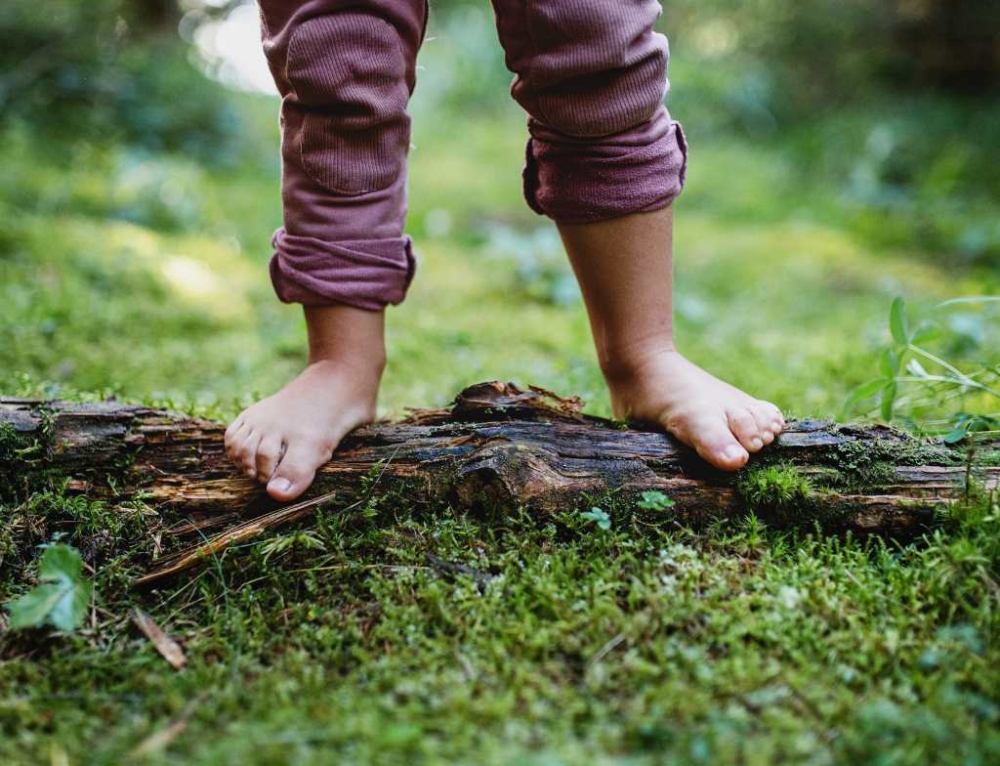In December 2020 the Ministry of Health announced new guidelines that change the kind of food being served, and brought into, early learning services across New Zealand. These come in to effect from 25 January 2021.
The goal of the new guidelines is to reduce the chance of babies and young children having a food related choking incident and follows the tragic incident where wee Neihana Renata choked on a piece of apple at daycare and ultimately left him severely disabled.
It’s not uncommon
Choking incidents resulting in injuries or death sadly are not uncommon – the Ministry of Health reports that in the period 2002 to 2009 nine New Zealand children under the age of six died.1 There are a number of reasons why young children are particularly susceptible to choking such as small air and food passages, still developing biting, chewing, and eating skills, fewer teeth, and a underdeveloped cough reflex that helps dislodge stuck food.
The silent danger
Choking is when food is stuck in the airway and this means that a child choking may not be able to make any sound at all.
You might notice your child gagging on food – this is a reflex that helps them move food from the back to the front of their mouth. This is generally noisy and messy and is actually a developmental stage as they learn to manage food in their mouths,
The environment
If your child attends an early childhood service such as a certified playgroup, an early childhood education service, or a ngā kōhanga reo, the service needs to ensure that your child is sitting up straight while eating, and that they are well supervised. They need to be encouraged not to eat with their mouth full and not be distracted while eating. All teachers and kaiako need to be trained on choking first aid and cardiopulmonary resuscitation (CPR).
The right food
If the service your child attends provides food, or you send along their snacks and meals with them, the food needs to comply with some new rules. This is because it is recognised that some food poses a greater choking risk.
The rules mean some food is not allowed, while some others need to be altered in some way to make them more safe.
No go
The following food should be excluded as they present a high choking risk, and are not practical to alter and/or have minimal nutritional value.
- whole or pieces of nuts
- large seeds, like pumpkin or sunflower seeds
- hard or chewy sweets or lollies
- crisps or chippies
- hard rice crackers
- dried fruit
- sausages, saveloys and cheerios
- popcorn
- marshmallows
Change it up
There is a lot of food that is fantastic nutritionally but unless prepared correctly, presents a choking issue. The Ministry has outlined how to prepare these foods in a way that is safe for your child under the age of 6. Here are some key examples:
- Carrot, apple and celery – for younger children cook until soft or grate, spiralise or thinly slice.
- Grapes, berries and cherry tomatoes – cut into quarters or finely chop
- Stone and pip fruit – remove large stones, seed or pips. Remove skin and cook until soft or grate, spiralise or thinly slice.
- Do not serve meat with bones, and ensure meat is chopped or shredded into small pieces.
You can download the Ministry’s “Reducing food-related choking for babies and young children at early learning services” document here.
What do you do to help reduce the change of your child choking?
See more:
 Written by Robyn
Written by Robyn
Robyn creates content on Kidspot NZ. Her hobbies include buying cleaning products and wondering why things don’t then clean themselves, eating cheese scones with her friends, and taking her kids to appointments.
Favourite motto to live by: “This too will pass”







Leave A Comment
You must be logged in to post a comment.